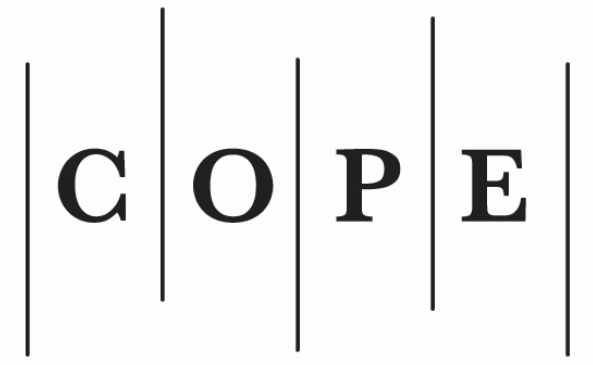Development Tendencies and Perspectives of Forensic Science
##plugins.themes.bootstrap3.article.main##
Abstract
It appears that the differences between the continental and Anglo-Saxon legal systems also extend to Criminalistics, a field based mainly on natural sciences. The authors showed that criminalistics never took hold in the United Kingdom as a scientific concept. The concept of forensic science was partly identified with continental criminal technology. The literature of the field used the terms ‘forensic’ and ‘scientific’ interchangeably.
The kinds of skills used in the course of investigating and solving crimes were not considered to be a part of ‘forensic science’. Until very recently British literature of the field understood the scientific examination or investigation of crimes in terms of natural scientific methods.
In the United States the use of the phrase ‘forensic science’ has been in use for many decades. Under the heading of ‘forensic science’ we typically find the kinds of scientific knowledge used for the investigation, examination and assessment of physical evidence. Its main branches are criminalistics and forensic medicine.
In addition to the classic fields of forensic biology, chemistry, ballistics and photography, we can add the recently-arrived fields of forensic computer technology (including, for example, the computerised examination of the human voice and intonation, and DNA testing of cells, furthermore computer-printer writing), anthropology (with emphasis on archaeological references), geology, entomology, molecular genetics and biology, analysis of evidence (includes the use of mathematicsbased Bayes analysis in identification tests), forensic nursing, engineering failure, fire science and the investigation of explosions, personality profiling, safety management, all of which are the legal responsibility of the experts.
Current tendencies in the fields of forensic science (criminalistics) in this century (in summarised form)
1. Primate of the criminal-technology
2. Microscopic investigations
3. Internationalism (ENFSI-FITEH, EDNAP, EAFS-EFTA, etc.)
4. Computerisation
5. Qualitative speciality of criminal stuffs
6. Privatisation.
The kinds of skills used in the course of investigating and solving crimes were not considered to be a part of ‘forensic science’. Until very recently British literature of the field understood the scientific examination or investigation of crimes in terms of natural scientific methods.
In the United States the use of the phrase ‘forensic science’ has been in use for many decades. Under the heading of ‘forensic science’ we typically find the kinds of scientific knowledge used for the investigation, examination and assessment of physical evidence. Its main branches are criminalistics and forensic medicine.
In addition to the classic fields of forensic biology, chemistry, ballistics and photography, we can add the recently-arrived fields of forensic computer technology (including, for example, the computerised examination of the human voice and intonation, and DNA testing of cells, furthermore computer-printer writing), anthropology (with emphasis on archaeological references), geology, entomology, molecular genetics and biology, analysis of evidence (includes the use of mathematicsbased Bayes analysis in identification tests), forensic nursing, engineering failure, fire science and the investigation of explosions, personality profiling, safety management, all of which are the legal responsibility of the experts.
Current tendencies in the fields of forensic science (criminalistics) in this century (in summarised form)
1. Primate of the criminal-technology
2. Microscopic investigations
3. Internationalism (ENFSI-FITEH, EDNAP, EAFS-EFTA, etc.)
4. Computerisation
5. Qualitative speciality of criminal stuffs
6. Privatisation.
##plugins.themes.bootstrap3.article.details##
Section
Articles
This is an open-access journal, which means that all content is freely available without charge to the user or their institution. Users are allowed to read, download, copy, distribute, print, search, or link to the full texts of the articles in this journal without asking prior permission from the publisher or the author. This follows the BOAI definition of open access. Authors contributing to Jurisprudence agree to publish their articles under a Creative Commons Attribution 4.0 International Public (CC BY) License (applicable from 2025).
![]() Authors retain copyright of their work, with first publication rights granted to the Association for Learning Technology.
Authors retain copyright of their work, with first publication rights granted to the Association for Learning Technology.
Please see Copyright and Licence Agreement for further details.






